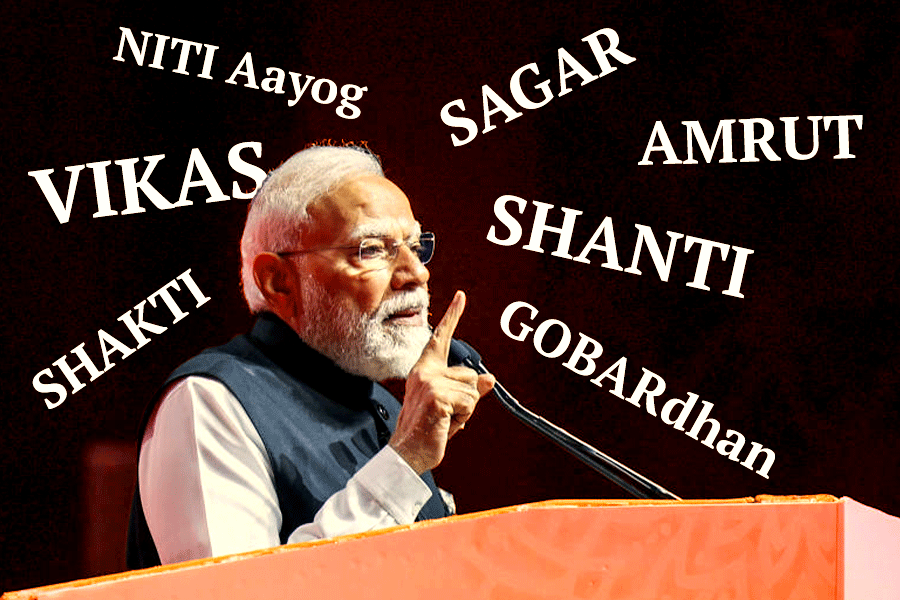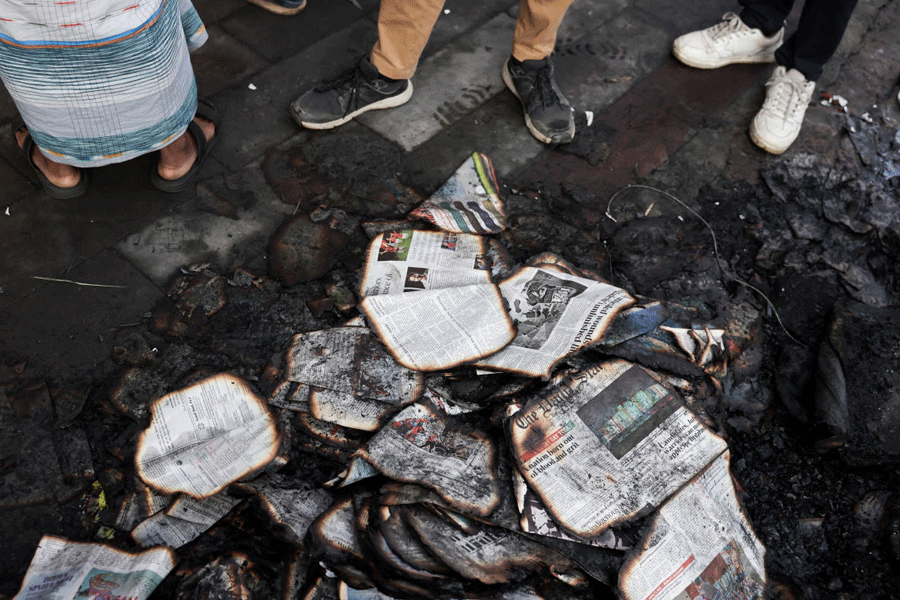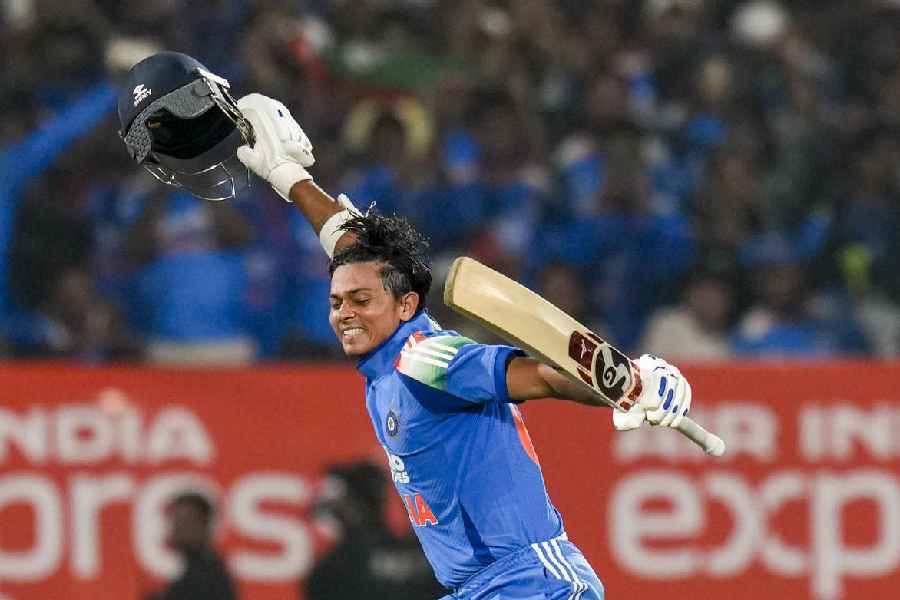 |
| Iranian twins Ladan (left) and Laleh Bijani. (Reuters) |
Singapore, July 8 (Reuters): Pioneering surgery to separate Iranian twins joined at the head ended in tragedy today when the women died from massive blood loss on the operating table in Singapore soon after doctors separated their enmeshed brains.
The deaths of Laleh and Ladan Bijani, 29, abruptly halted a historic 50-hour operation by a team of 28 specialists and 100 assistants to separate siblings fused at the head, or craniopagus twins, as doctors call the condition.
At Raffles Hospital in Singapore, hundreds of supporters and friends of the twins wept and hugged each other. “When we undertook this challenge we knew the risks were great,” hospital chairman Loo Choon Yong told reporters. “We knew that one of the scenarios was that we may lose both of them. Ladan and Laleh knew it too.
“We were hoping to try and do better than the worst odds. But alas we didn’t make it.”
Ladan began to lose blood at around 0600 GMT, and died at 0630 GMT, doctors said. Brain surgery continued on Laleh, who died at 0800 GMT.
“Raffles Hospital regrets to announce that the Bijani twins, Ladan and Laleh, have both passed away during surgery to separate them,” the hospital said. “The twins lost a lot of blood and were in a critical situation as the surgery was coming to an end.”
Ladan, the more outspoken twin, had wanted to lead a separate life as a lawyer in her home town of Shiraz, while Laleh said before the operation she wanted to be a journalist in Tehran. Both held degrees in law.
The unprecedented operation led by neurosurgeon Dr Keith Goh ran into several major complications and took far longer than expected. The women’s blood pressure had been fluctuating and surgeons discovered the brains were more closely linked than had previously been thought.
Dozens of supporters of the Bijanis broke down and cried in the hospital.
A group of weeping Iranian expatriate women were escorted away by friends.
“I was shocked. I still don’t believe it. Ladan was very friendly, she always liked to joke,” said Hossein Afkami, 42, an Iranian who has lived in Singapore for 15 years.
After the operation began on Sunday, doctors opened the joined skull of the pair, peeling a strip of scalp from each woman. The bone proved surprisingly thick, causing delays.
The surgical team then battled to reroute a shared vein yesterday that drained blood from the twins’ brains to their hearts. Then five neurosurgeons began the extremely delicate process of prying apart the brains millimetre by millimetre.
Ladan had been considered more at risk after receiving a new vein about the size of a finger grafted from her thigh.
Singaporean Armila Teo, 48, wept in the hospital lobby after the news of Ladan’s death. “I’m very upset,” she said. “Even if I’m not related, the emotion just overcame me.”
German doctors turned the Bijanis away in 1996, saying it could prove fatal to separate the two. But they were determined to lead separate lives, and came to Singapore in November to undergo months of tests.
Twins joined at the head occur only once in every two million live births, and successful separation is even rarer.
Singapore doctors did a similar operation in 2001 on infant girls from Nepal, but experts said an operation on adult twins was unprecedented.
Goh was assisted by Dr Walter Tan, a plastic surgeon, and Dr Ben Carson, director of paediatric neurosurgery at Johns Hopkins University in Baltimore. Carson separated twin boys joined at the head in Germany in 1987 and six-month-old twin girls in 1997.
Dr Richard Ashcroft, head of medical ethics at London’s Imperial College, said last week there would be no controversy if the sisters were at risk of dying without the operation. But they were not.
”It's a genuine moral dilemma,” he said.“And where you have a dilemma, people will make different decisions because there is no obvious answer what the right thing to do is.”











